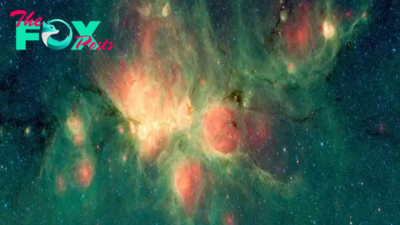Science
Dying SpaceX rocket creates eerily-perfect 'dashed' line in new photos. What's going on?
Striking new photos show a perfect dashed line of light left behind by a dying SpaceX rocket in the night sky above Arizona. The luminous streak, which is the result of some clever photo trickery, is the latest reminder of the company's rapidly increasing launch schedule.
On Saturday (March 30th), SpaceX launched two of their Falcon 9 rockets in less than four hours, Live Science's sister site Space.com reported. The first rocket, which was carrying the Eutelsat 36D telecommunications satellite, took off at 5:52 p.m. EDT from NASA's Kennedy Space Center (KSC) in Florida. The second rocket, which was carrying 23 of the company's Starlink satellites, launched from the Cape Canaveral Space Force Center, located next door to KSC, at 9:30 p.m. EDT.
After deploying their payloads, the rockets' second stages — the main part of the rocket that separates from the rocket's reusable boosters — underwent controlled deorbit burns, which caused them to fall toward Earth and burn up in the planet's upper atmosphere.
Photographer Jeremy Perez had initially planned to capture the deorbit burn of the first rocket from near his home in Flagstaff, AZ but was left empty-handed due to thick cloud coverage. But by the time the second rocket began the same maneuver, the skies had cleared and Perez was able to catch some stunning images of the deorbiting debris, Spaceweather.com reported.
In the new images, Perez combined multiple long-exposure shots of the ignited second stage as it passed overhead. The breaks in the luminous streak represent points where the camera's shutter was closed.
Related: 10 bizarre phenomena that lit up the sky (and their scientific explanations)

In real-time the event appeared very differently: "It looked like a delicate, cometary dandelion poof drifting overhead," Perez told Spaceweather.com. The light also appeared white in real-time instead of the bright blues seen in the photos, he added.
-

 Science1d ago
Science1d agoBlack hole 'traffic jams' are forcing cosmic monsters to collide, new study finds
-

 Science1d ago
Science1d agoResearchers just found more than 1,000 new solar system objects hiding in plain sight
-
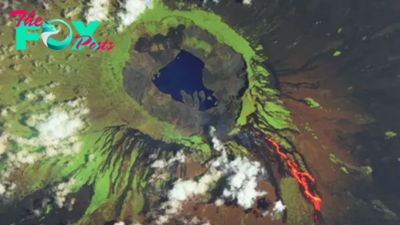
 Science2d ago
Science2d agoEarth from space: Lava bleeds down iguana-infested volcano as it spits out toxic gas
-
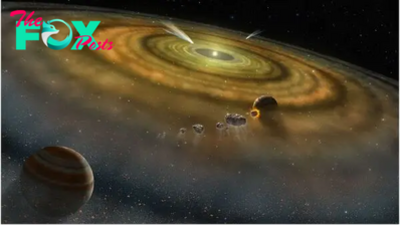
 Science3d ago
Science3d agoJupiter may be the reason why Earth has a moon, new study hints
-
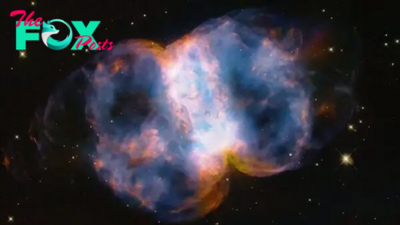
 Science3d ago
Science3d agoSpace photo of the week: Little Dumbbell Nebula throws a wild party for Hubble telescope's 34th anniversary
-
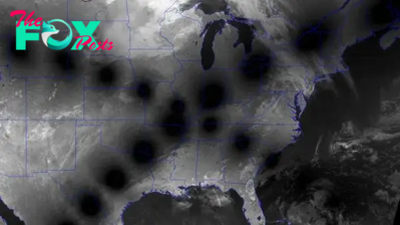
 Science4d ago
Science4d agoEclipse from space: Paths of 2024 and 2017 eclipses collide over US in new satellite image
-

 Science6d ago
Science6d agoHundreds of black 'spiders' spotted in mysterious 'Inca City' on Mars in new satellite photos
-
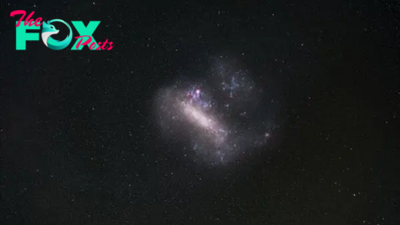
 Science6d ago
Science6d agoScientists find one of the oldest stars in the universe in a galaxy right next to ours


